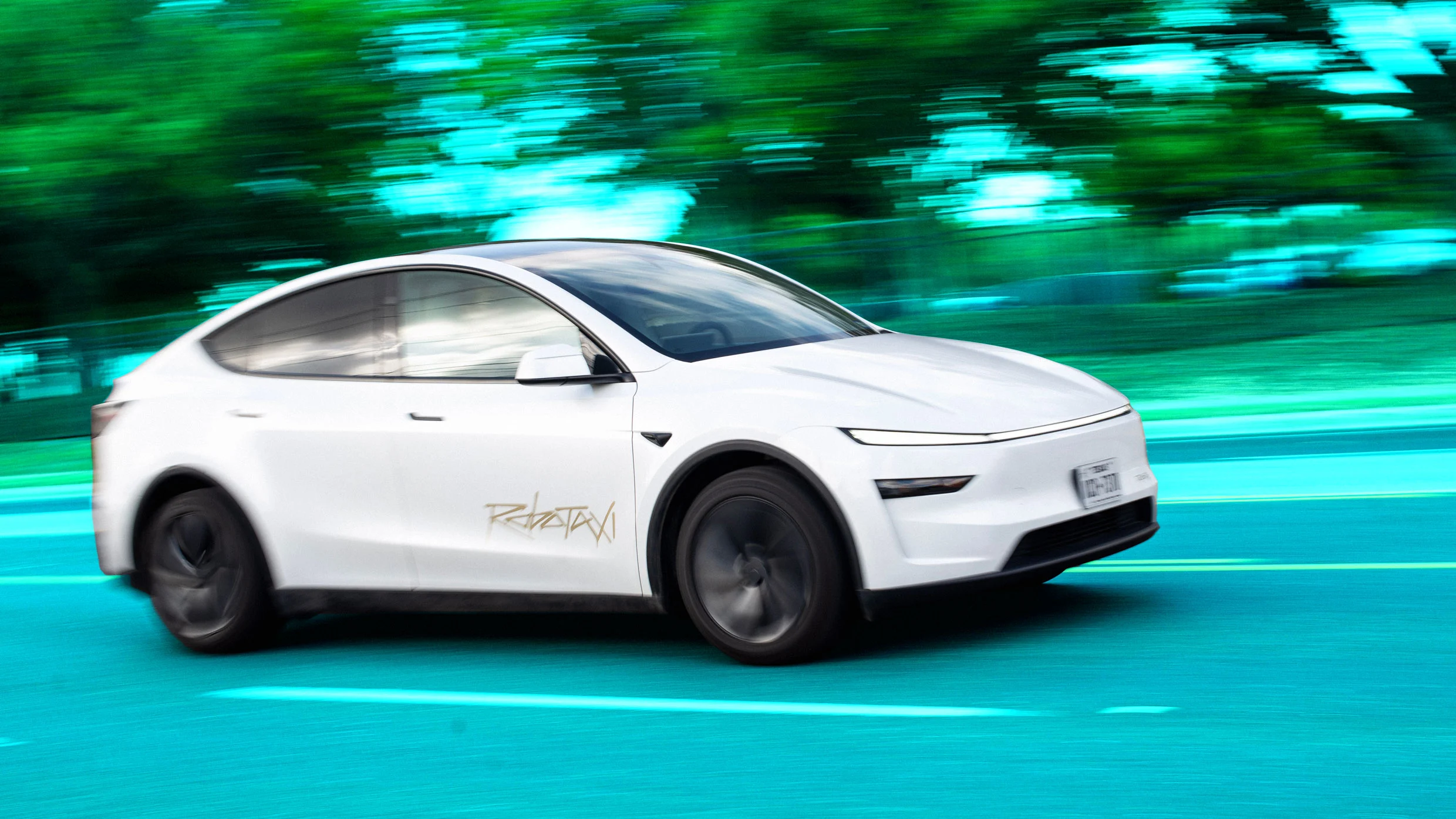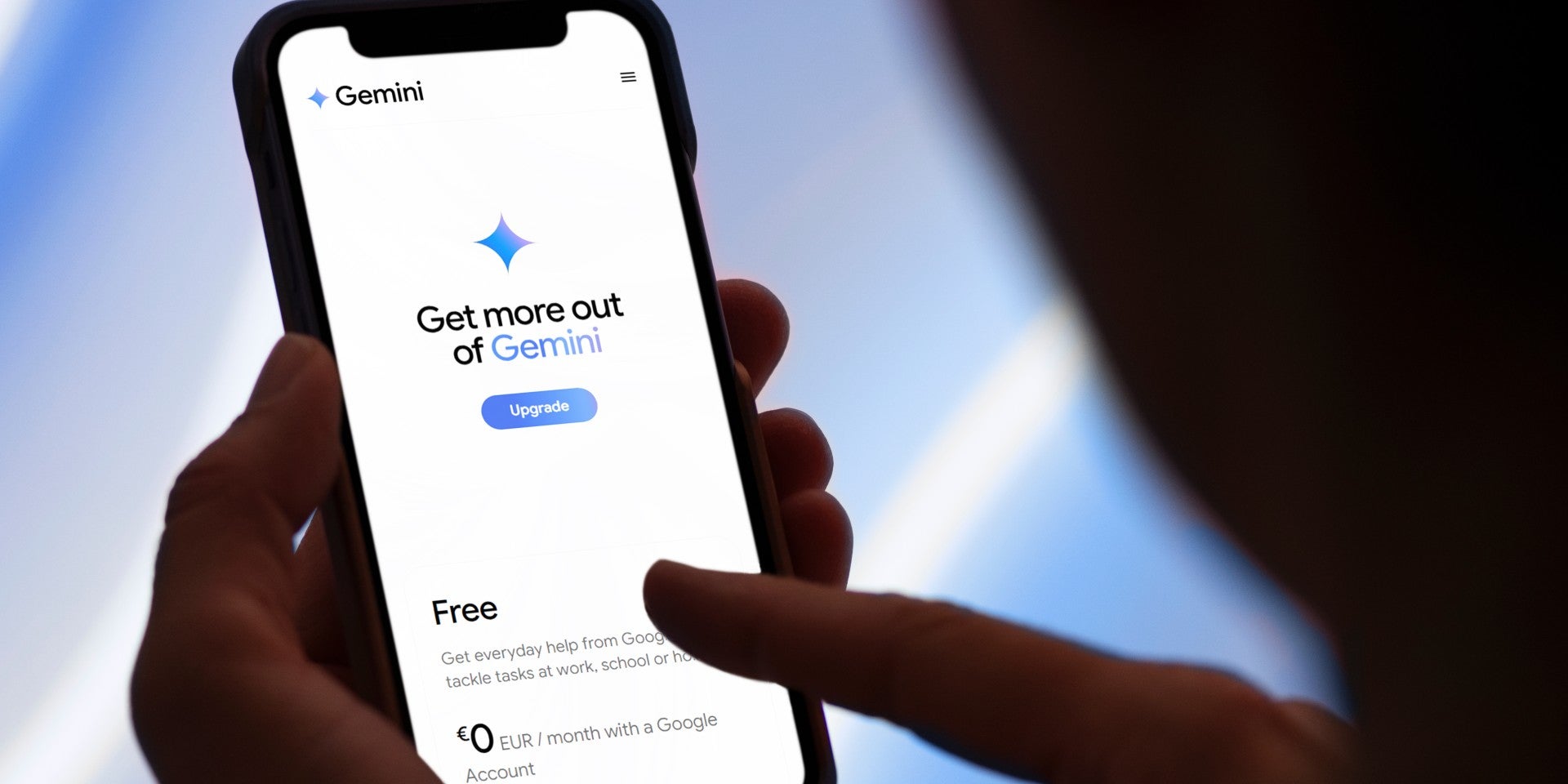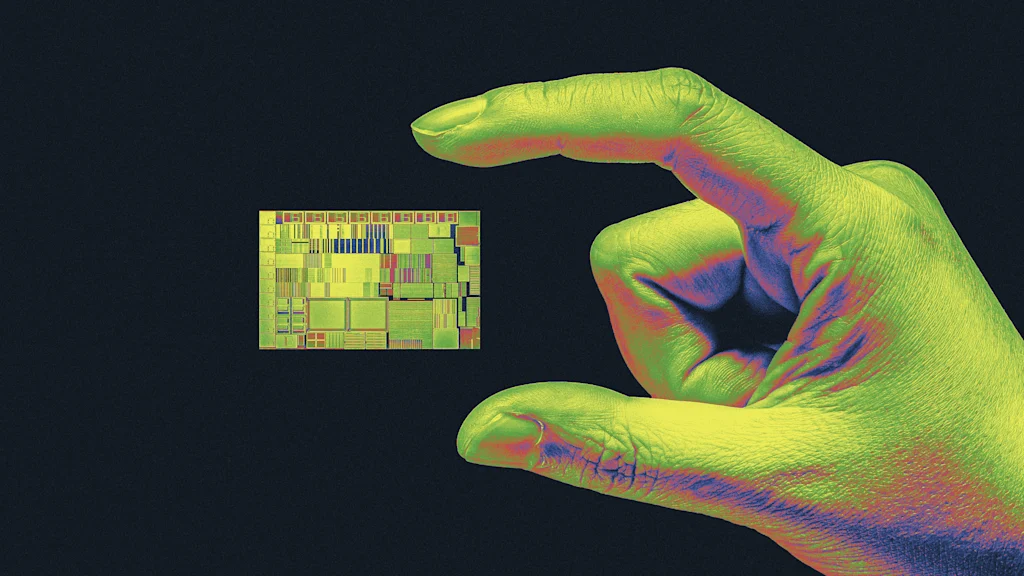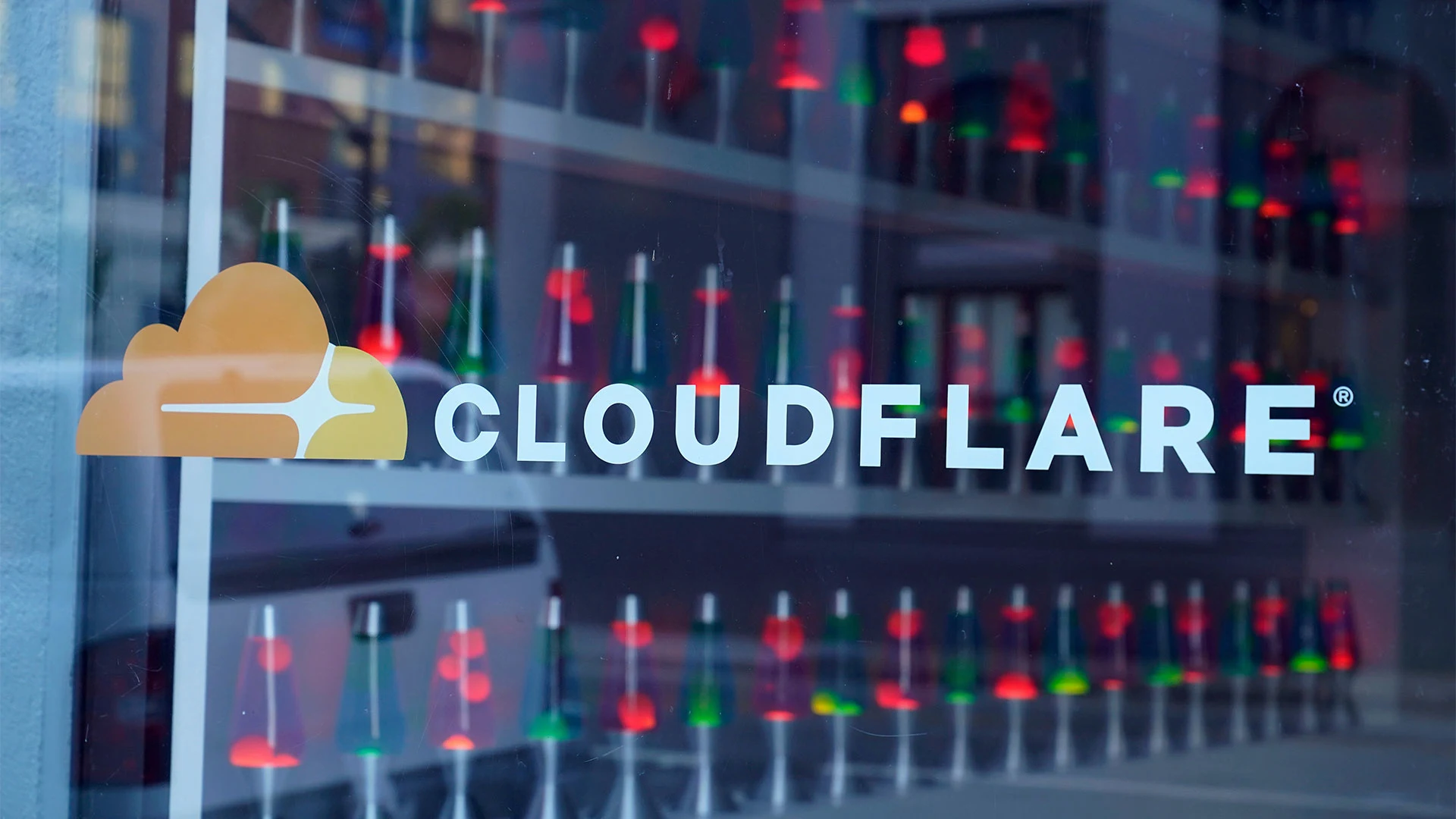Greetings, salutations, and my thanks—as always—for reading Fast Company‘s Plugged In,
Me: “Are you here just to monitor for safety?”
Guy sitting in the driver’s seat of the Tesla Model Y I’m riding in: “I can’t specify.”
That was the extent of the conversation during a recent trip I took using Tesla’s Robotaxi service. I was curious why the car that picked me up had a human in it: After all, Tesla bills its service as “the future of autonomy,” and the car did, in fact, drive itself for the entirety of my 4.5-mile journey. But I didn’t get any answers from this guy—or Tesla the corporate entity, which prides itself on ignoring the media and didn’t reply to my emailed questions.
This we do know. After years of anticipation, Tesla rolled out Robotaxis in Austin in June. A month later, they arrived here in the San Francisco Bay Area. For now, however, it falls far short of a full-blown deployment of a small-r robotaxi service. (The term is often used genericly for self-driving car services as well as being a Tesla trademark.)
For one thing, I spent time on a waitlist before being allowed to start hailing cars. For another, Tesla reportedly launched Robotaxi in the Bay Area without securing the necessary approval to operate a fleet of autonomous vehicles in California. Its Robotaxis are autonomous in the same sense that any Tesla car with the misleadingly named “full self driving” package is autonomous.
Hence the need for the guy in the driver’s seat—a safety monitor who could take over in an emergency. It’s a little like getting a lift from a friend who owns a Tesla, who would also be required to stay behind the wheel. In Austin, where Tesla is further along in the regulatory process, the company initially put the safety monitors in the front passenger seat, but has reportedly moved them to the driver’s seat as well.
All of this is fundamentally different from Waymo, which began as Google’s self-driving car project and—after an exceptionally long, hard, expensive slog—is up and running in Austin, San Francisco, and three other US metropolitan areas. Waymos has no safety monitors; it’s just you, any friends or relatives you’ve brought along, and the car. The service is a triumph not only of technology but also the patient labor required to convince relevant officials that permitting unsupervised cars to drive themselves around a city isn’t a deadly mistake, and might even be safer than letting humans behind the wheel.
In its present incarnation, Tesla’s Robotaxi service also bears scant resemblance to the one Elon Musk talked up at an event in April 2019. Back then, the company was going to have a million such vehicles on the road—not Tesla-owned ones, primarily, but privately owned cars that could hit the road and ferry passengers when their owners didn’t need them. Oh, and Musk said that would happen by the end of 2020.
During this presentation, Musk did cheerfully acknowledge his tendency to blow deadlines. But a half-decade later, his 2019 plan has barely inched toward reality. Even his comparatively modest recent prediction of Tesla autonomous ride-hailing being available to half the US population (“subject to regulatory approvals”) by the end of 2025 is not going to happen. Meanwhile, I don’t intend to pay much attention to the Cybercab—a self-driving two-seater Tesla with no driver’s seat, allegedly due next year—until I’m riding in one.
Judged on their own merits as a mode of transportation, I’ve found my first Tesla Robotaxi trips uneven at best. Unexpectedly, the best part has been their aggressively low pricing. Tesla has abandoned its original per-trip flat rate of $4.20 (ha ha, Elon!). But for my journeys, Robotaxi always beat Waymo and Uber pricing, sometimes by a lotsThe first trip I took—returning home from a nearby mall—cost a mere $1.92.
More pluses: Tesla’s Robotaxi fleet of Model Y cars is more reliably clean and cushy than Uber or Lyft. The service covers a far broader swath of the Bay Area than Waymo. And unlike Waymos in their present form, Robotaxis can take the highway—presumably because they’re not officially autonomous vehicles—making longer trips practical.
Once one of the best-regarded car companies in the world, Tesla is now dogged with a reputation for safety problems, especially when it comes to self-driving: When I announced I’d been in a Robotaxi, one friend told me I shouldn’t put my life at risk like that. Grim humor aside, all the trips I’ve taken felt safe and involved efficient routes. (I should note that in one case, the safety monitor did have his hands on the wheel a fair amount of the time—whether out of necessity or force of habit, I can’t say.)
Still, moving past the question of autonomy for a moment, I didn’t find Robotaxis ready to replace ride-hailing services even in their traditional, human-driven form. How many taxis Tesla has in the Bay Area is a mystery, but it’s clearly not enough: When I checked, pickup wait times were usually in the neighborhood of 13 to 15 minutes and got as high as 29 minutes. Worse, the Robotaxi app often said no cars were available at all, and told me to try again later.
The Robotaxi software also lacks Waymo’s polish. When I leaned forward to play with the back-seat touchscreen, I kept getting a message telling me to put my (still buckled) seat belt back on or the car would pull over. That screen appeared to offer an array of entertainment options, but when I tapped on Netflix and Disney+, all I got were sign-up promos. Then there’s the service’s iPhone app, which has a rickroll-style gag involving tipping that I didn’t find funny the first time and don’t relish encountering on any future trips.
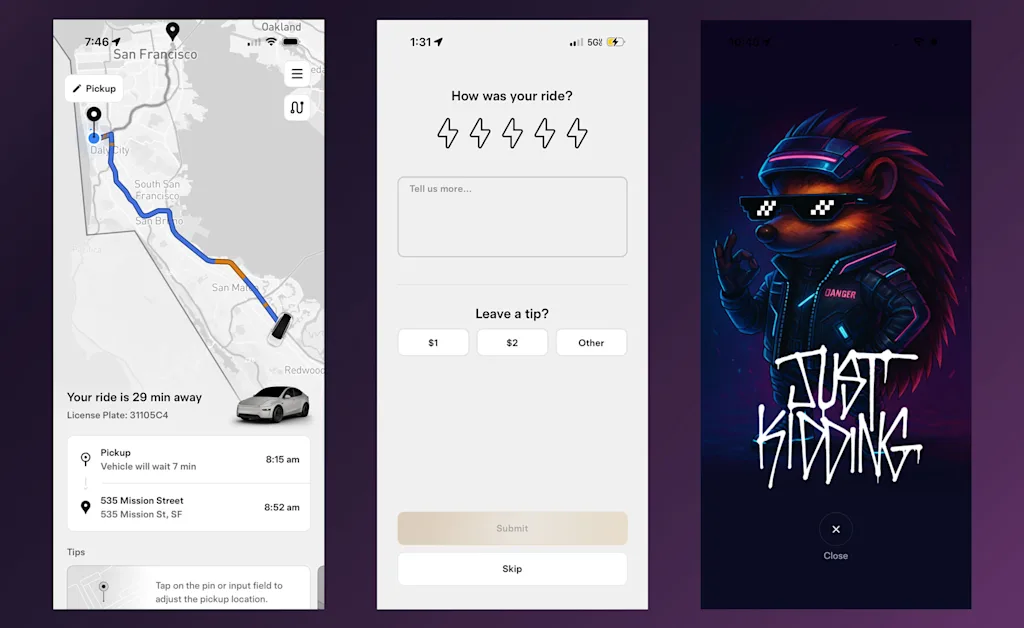
Most of all, the need for the safety monitor eviscerates any possibility of Robotaxi rivaling the experience Waymo is already delivering. Once you get over the coolness factor, much of Waymo’s value proposition is the aura of cozy isolation. You can take calls, bang away at your laptop, or maybe even take a short nap without feeling like privacy is an issue or you’re being rude to the driver. It’s the closest thing to an office on wheels I’ve ever encountered.
The Robotaxi safety monitors may be a vestigial concession to regulatory reality, but they eliminate the magic of autonomy. When—if?—Tesla is able to safely ditch them, it will make the service a true Waymo competitor.
For now, the monitors I encountered were perfectly polite but also resistant to my efforts to chat them up. Here’s another dialogue I had with one:
Me: “So the car is driving itself?”
Safety monitor: “Yeah.”
Surveys show that many people who haven’t been in a self-driving car remain deeply skeptical of the whole idea. I can’t help but think that Tesla is missing an opportunity by not turning the monitors into ambassadors. Rather than deflecting inquiries, maybe they should be volunteering information, as if they were welcoming tour guides to the autonomous future Musk has promised but not yet fully delivered.
You’ve been reading Plugged In, Fast Company‘s weekly tech newsletter from me, global technology editor Harry McCracken. If a friend or colleague forwarded this edition to you—or if you’re reading it on FastCompany.com—you can check out previous issues and sign up to get it yourself every Friday morning. I love hearing from you: Ping me at [email protected] with your feedback and ideas for future newsletters. I’m also on Bluesky, Mastodon, and Threads, and you can follow Plugged In on Flipboard,
More top tech stories from Fast Company
What’s it really like to use a folding phone? Life with the Google Pixel 10 Pro Fold
A gimmicky category is growing up. And skepticism be damned, it does feel like a taste of the future. Read More →
Meta’s next big bet for VR: Your living room
The company’s Hyperscape VR app will have the ability to create digital replicas of your surroundings. Photorealistic avatars may soon follow. Read More →
What can the rise and fall—and rebound—of NFTs teach us about the AI bubble? After the market for NFTs collapsed in 2022, the tech quickly fell out of the mainstream. It never went away, though. Experts now tell Fast Company what went wrong and what’s next. Read More →
The flailing Trump Media is part of the Russell 3000 index. These states want to know why The company’s poor performance raises questions about its inclusion. Read More →
This massive new data center is powered by used EV batteries A new project from battery recycling startup Redwood Materials and data center builder Crusoe shows that it’s possible to build data centers cheaper and faster while also slashing emissions. Read More →
ChatGPT wants to be the new operating system. Here’s why that should worry us Compute has become the new oil, and OpenAI just secured drilling rights. Read More →
The extended deadline for Fast Company’s Most Innovative Companies Awards is this Friday, October 10, at 11:59 pm PT. Apply today.

